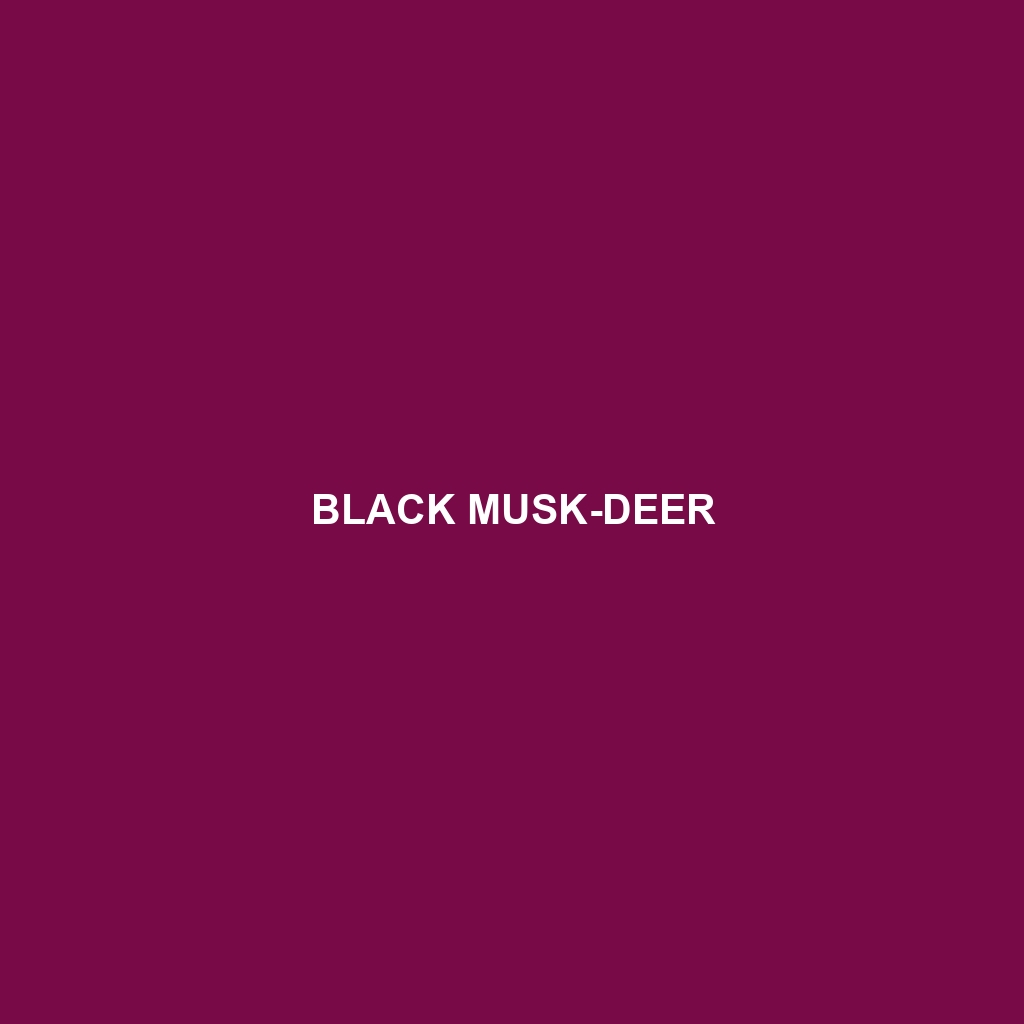Kashmir Musk-deer: A Comprehensive Species Description
Common Name: Kashmir Musk-deer
Scientific Name: Moschus cupreus
Habitat
The Kashmir Musk-deer is primarily found in the mountainous regions of the Himalayas, particularly in northern India, Pakistan, and Nepal. Its habitat includes dense forests, alpine meadows, and rugged terrains where they can find ample shelter from predators. The altitudinal range typically spans from 2,400 to 4,800 meters above sea level, highlighting their adaptation to high-altitude environments.
Physical Characteristics
Kashmir Musk-deer are medium-sized ungulates, measuring about 80-100 cm in length and weighing between 12-20 kg. Their fur is thick and shaggy, consisting of a darker coloration on the back and lighter shades on the underbelly. A distinctive feature is their lack of antlers; instead, males have long, curved tusks. Their large, expressive eyes are surrounded by a dark face, enhancing their unique appearance.
Behavior
Kashmir Musk-deer are primarily solitary animals, often found alone or in small groups. They are most active during the twilight hours, which is when they forage for food. These deer are known for their keen sense of smell and hearing, which they use to detect threats. Their agility allows them to navigate steep, rocky terrains easily, making them elusive and hard to spot in their natural habitat.
Diet
The diet of the Kashmir Musk-deer mainly consists of soft plant materials, including grasses, leaves, and shrubs. They are herbivores, and their feeding habits are adapted to their mountainous environment, as they frequently graze on the available vegetation. This browsing behavior not only sustains them but helps maintain the ecosystem by promoting healthy plant growth.
Reproduction
Kashmir Musk-deers reach sexual maturity around 1-2 years of age. The breeding season typically occurs in late autumn, resulting in a gestation period of about 6-7 months. Females give birth to a single fawn, which they hide in dense cover to protect it from predators. Maternal care is significant, as the mother stays close to her young during their early development.
Conservation Status
The Kashmir Musk-deer is currently classified as endangered due to habitat loss, poaching, and the illegal trade of musk pods. Conservation efforts are critical to protect their dwindling populations and preserve their natural habitats.
Interesting Facts
One of the most fascinating facts about the Kashmir Musk-deer is its musk gland, which is highly valued in traditional medicine and perfumes. This has contributed significantly to their exploitation. Additionally, they are known for their unique vocalizations, which include a series of grunts and whistles during mating seasons.
Role in Ecosystem
Kashmir Musk-deers play a crucial role in their ecosystem by aiding in the dispersal of plant seeds and maintaining vegetation diversity. Their feeding habits can help control plant populations, thus contributing to the overall health of the mountain ecosystem. As prey for larger carnivores, they also serve as a vital part of the food chain.
